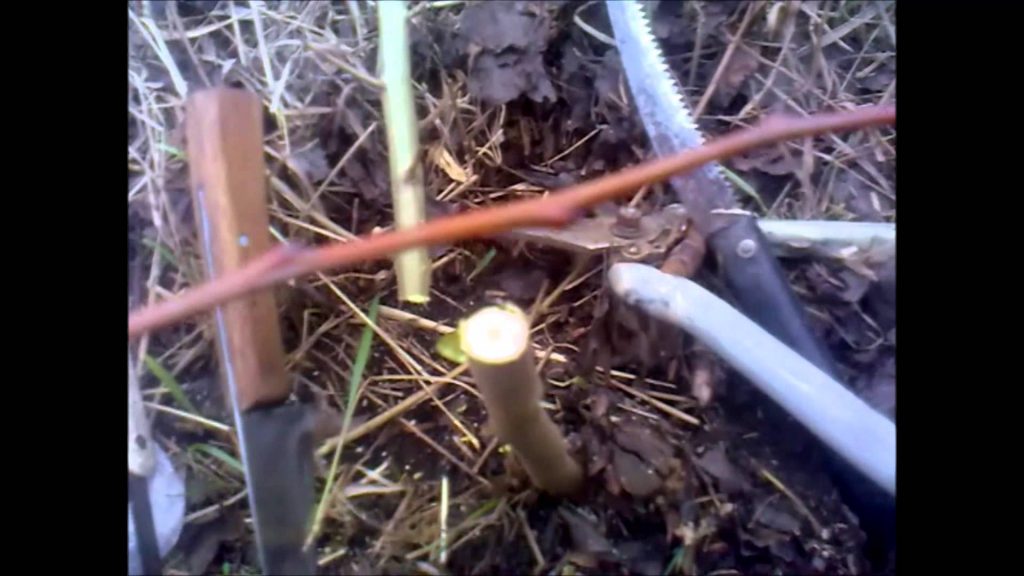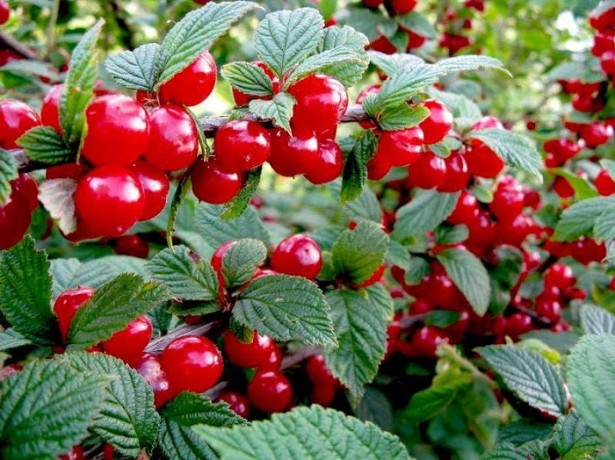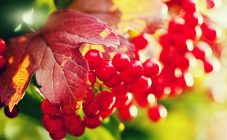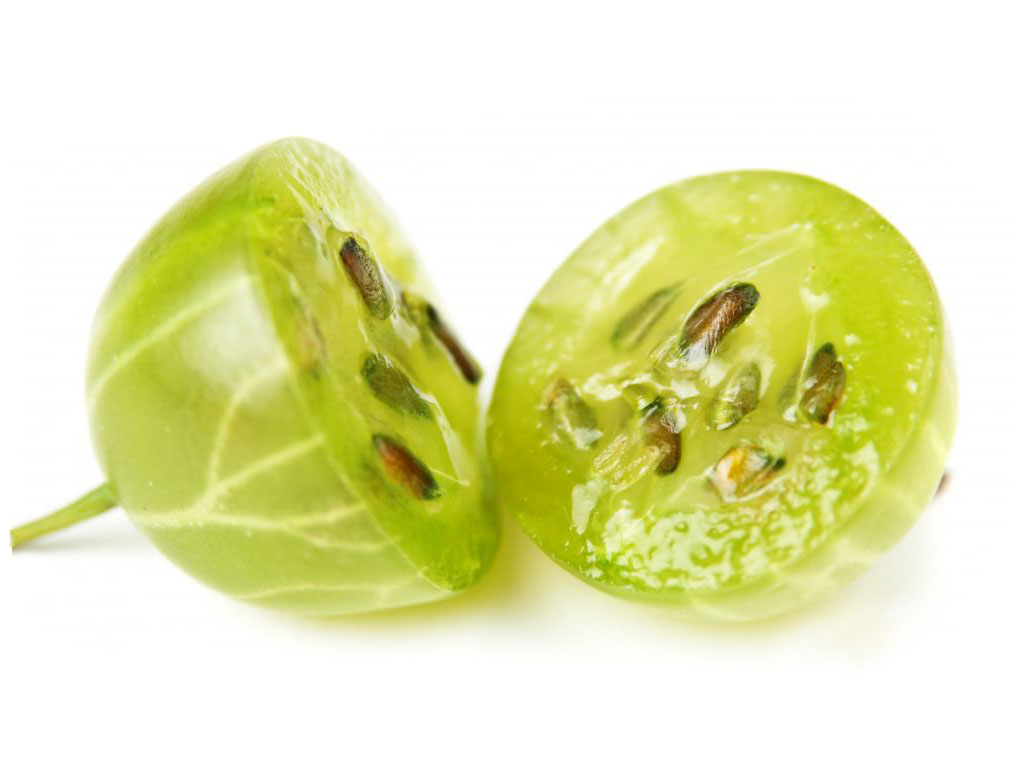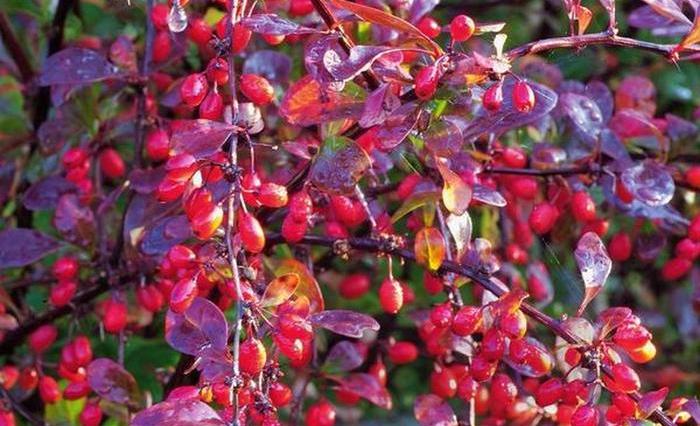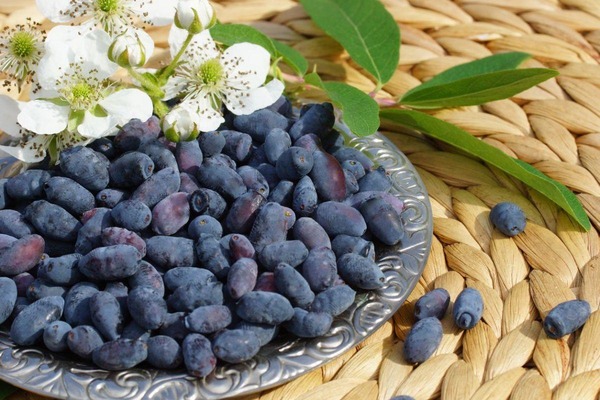The columnar pear is characterized by a miniature and very elegant shape with a round bottom and a gradually thinning top. Trees with fruits that are red or maroon are especially appreciated; such pears are not only especially sweet and rich, but also have decorative value. Scarlet fruits will look incredibly beautiful in the autumn garden among the green crown. Columnar pear is a very demanding and delicate plant, and you need to care for it correctly.
Columnar trees have two main advantages: they take up little space, have a very small crown, but at the same time bear fruit several times more abundantly than traditional varieties. The branches of the trees are directed upwards. With proper care, each branch will literally be showered with juicy fruits. Due to their interesting shape and low height (in most cases, up to 1m, rarely up to 2m), such trees are often used for ornamental decoration of gardens.
Columnar pear: planting and care
The trees should be planted in a sunny, wind-protected area. For planting a columnar pear, seedlings are usually used, which begin to grow around the main tree a couple of years after planting. The trees should be planted at a distance of at least half a meter from each other. Before planting seedlings, it is necessary to dig a deep hole: up to a meter deep and half a meter wide. About 25 liters of water is poured there. After that, you should wait until the water is absorbed into the soil.
When planting, fertilizers should be added to the soil, for example:
- calcium,
- potassium sulfate,
- sand,
- manure or humus.
From one third to half of the pit is filled with a similar composition. A seedling is placed on top and is densely covered with soil from above.
Another method of reproduction is grafting, it is used less often, although trees in this case begin to bear fruit earlier. However, you should know exactly how to properly graft cuttings.
Immediately after the end of frost, cuttings are cut from the spike-shaped pear. For a while, they need to be put under the snow or in the refrigerator, wrapped in a wet cloth. The ideal time to wind up trees is a month before harvesting birch sap (mid-late spring). During this period, metabolic processes are accelerated, due to this, the cuttings will take root much faster and more correctly. If the inoculation is done earlier or later, the splicing may simply not occur, the juices will not come into the branch corny.
Immediately before fusion, on the tree itself, you need to leave a small segment of a young branch, 20-30 cm.At its end, an incision is made slightly less than the diameter of the branch or several small ones (according to various schemes, grafting up to 4 branches on one branch is allowed). A stalk is tightly inserted into the incision, on which fresh cuttings are also pre-made. Further, the trees at the splice are fixed with special resinous compounds, then they are tightly wrapped with electrical tape or similar material. With a favorable outcome, it will be possible to finally remove the fixing layer after 3-4 weeks.
Pear care
Columnar pears do not have full-sized branches to form and trim. However, to get a healthy tree and a rich harvest, pruning is still necessary. In the spring, it is necessary to form the tips of the branches (by about 1/3), the procedure can be repeated in the fall. Also, in the fall, you should shorten the top and cover the tree for the winter. Pruning of columnar pears should be carried out several times per season, but it does not require much effort due to the small length of the branches.
At the beginning of flowering, you should do the pinching of inflorescences and ovaries. Weak young buds must be cut at the very beginning so that they do not take up strength. During the entire period of fruit formation, it will be necessary to pinch the developing ovaries, so that as a result, 1 fruit remains on each fruiting site. This will make the pears larger and sweeter.
Pears of these varieties are easy to transport, they do not wrinkle at all and do not lose their taste. With proper care, columnar pear trees begin to bear fruit as early as the second year after planting, unlike more traditional varieties. However, their life expectancy is also shorter, which is why, after 10-15 years, the trees literally dry up and stop bearing fruit.
The most suitable season for planting seedlings in the soil is April-May, but planting can be done at the very beginning of autumn. More abundant watering is required for several days after planting. Within a month or two after that, another 1-2 liters of water is required 3-4 times a week.
Pests and diseases
Columnar apple and pear trees are quite easily exposed to harmful insects. The most common fruit-eating insect is the moth. Butterflies lay eggs on the leaves and bark of trees, and after a couple of weeks, caterpillars appear from them. They can eat both flowers and ovaries, and the fruits themselves.
To avoid the appearance of these insects, humus should be avoided near trees and falling fruits, while the soil under the plants will need to be regularly dug up. If pests have already appeared, solutions of kinmix, biorin, mitak will help get rid of them.
The honeydew, or leaf flies, sucks the juice from young buds, leaves and fruits, and then, with the help of a special glue they release, glues the same parts of the plant, the leaves and flowers shrink and cannot grow. To avoid pest infestation of trees, you can treat the tree with makhorka or ash and soap.
The well-known aphid eats leaves and shoots, which is why they curl, change color, dry up and die off. Before buds appear on trees, they can be treated with kinmix or inta-vir. It is better to use the solutions exactly according to the instructions, re-spraying can be done after 2-3 weeks.
Black spots on the leaves appear if the tree is infected with a fire blight. In this case, the fruits and neighboring trees are soon affected, which may die soon. Sick branches must be cut off and the remaining ones treated with a solution of copper sulfate. After it is necessary to cover the cut sites with white garden paint in order to avoid re-infection, spraying with homa, Bordeaux mixture, oxychome and solutions containing copper is carried out.
It is best to grow columnar pears in the middle lane (for example, in the Moscow region) and in more southern regions. However, gardeners in the Urals and Siberia also manage to grow them, but there is a higher risk of losing the harvest, or even the entire tree. As it turns out, columnar breeds are very resistant to prolonged frost when properly cared for.
Having figured out whether there are columnar pears and how to properly care for them, you can count on good harvests.

